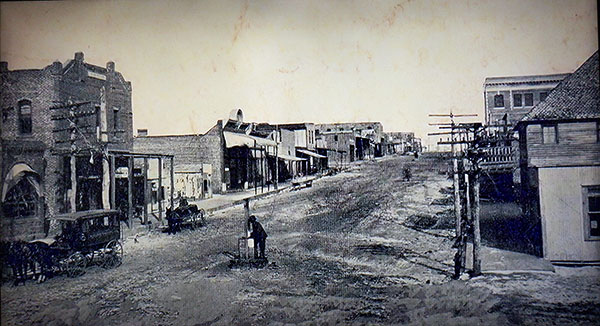|
 |
|
Black Wall Street
After the end of slavery, many freed slaves made their way west to try to make better lives for themselves. Many of them ended up
in Tulsa, where they built, operated, and thrived in the newly formed Greenwood area. Greenwood, like many other black communities,
was a necessity born out of segregation, as blacks had to form together to develop their own economies and ways of existing.
Over time, Greenwood became highly successful and developed into an economic powerhouse of which Booker T. Washington referred to as
"Black Wallstreet". This success did not go unnoticed by the majority white population of Tulsa, Oklahoma as racial tensions and jealousy
of the prosperity of the black residents of Greenwood brewed for decades until one fateful day in May 1921. |
|
|
Sources
| [1] Brown, D. (2021, February 04). Red Summer: When Racist Mobs Ruled. How a Pandemic of Racial Terror Led to the 1921 Tulsa Race Massacre. American Experience. PBS. |
| https://www.pbs.org/wgbh/americanexperience/features/t-town-red-summer-racist-mobs/ |
|
| [2] Burch, R., Reid, R., & Ferguson, K. (Producers). (2021). Tulsa Race Massacre: 100 Years Later [Video]. PBS. |
| https://www.pbs.org/video/tulsa-race-massacre-100-years-later-vdv9tx |
|
| [3] Silvers, J., Brown, D., & Stover, E. (Producers). (2021). Tulsa: The Fire and the Forgotten [Video]. PBS. |
| https://www.pbs.org/video/episode-1-zew2v8 |
|
| [4] PBS News. (2024, June 12). Oklahoma’s Supreme Court Dismisses Lawsuit from Last 2 Survivors of Tulsa Race Massacre Seeking Reparations. |
| https://www.pbs.org/newshour/nation/oklahomas-supreme-court-dismisses-lawsuit-from-last-2-survivors-of-tulsa-race-massacre-seeking-reparations |
|
 |
|


























